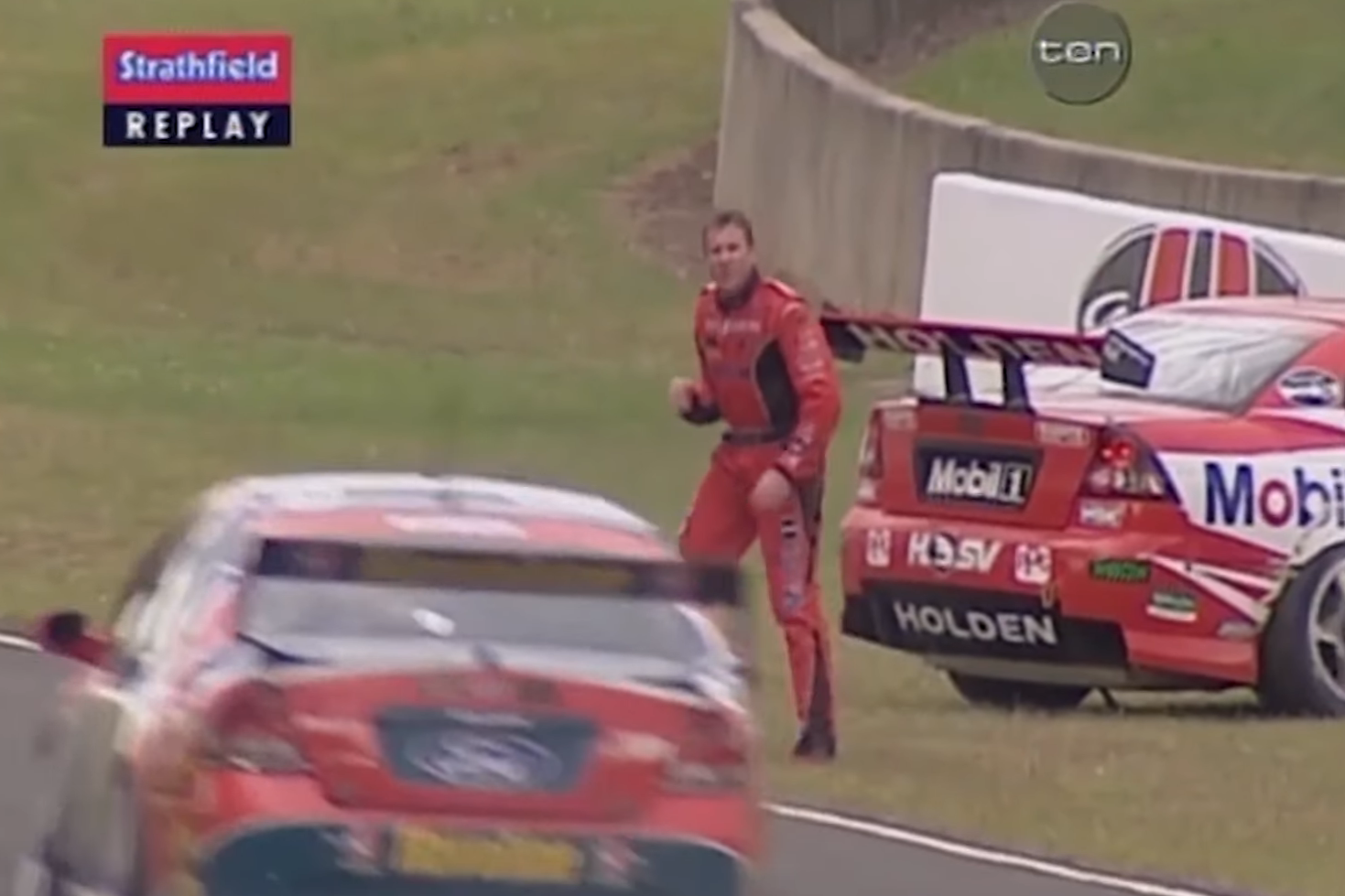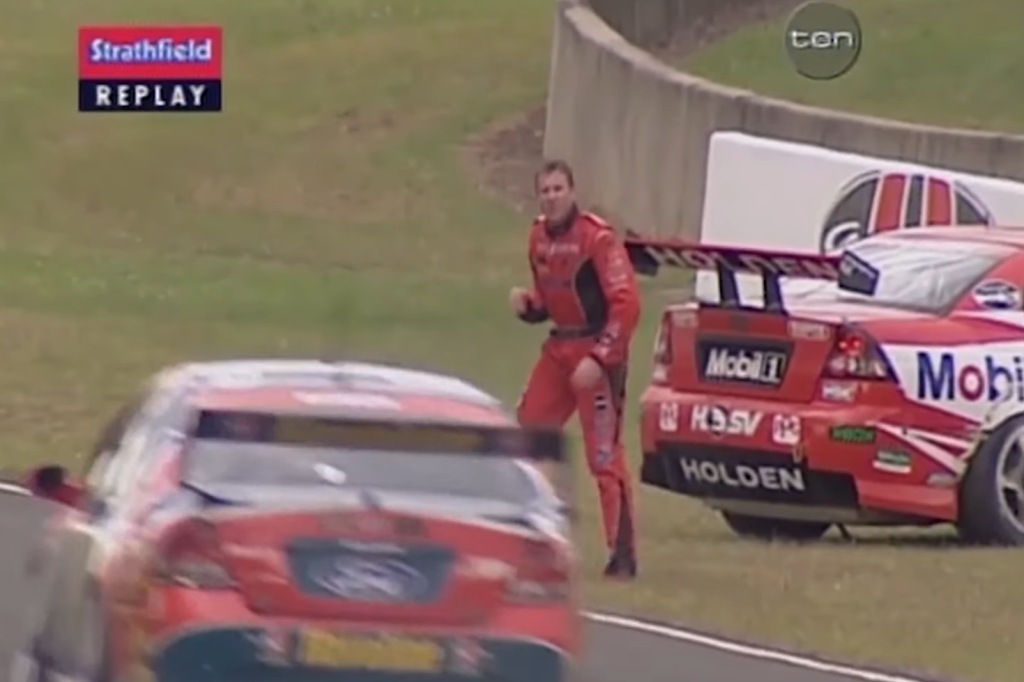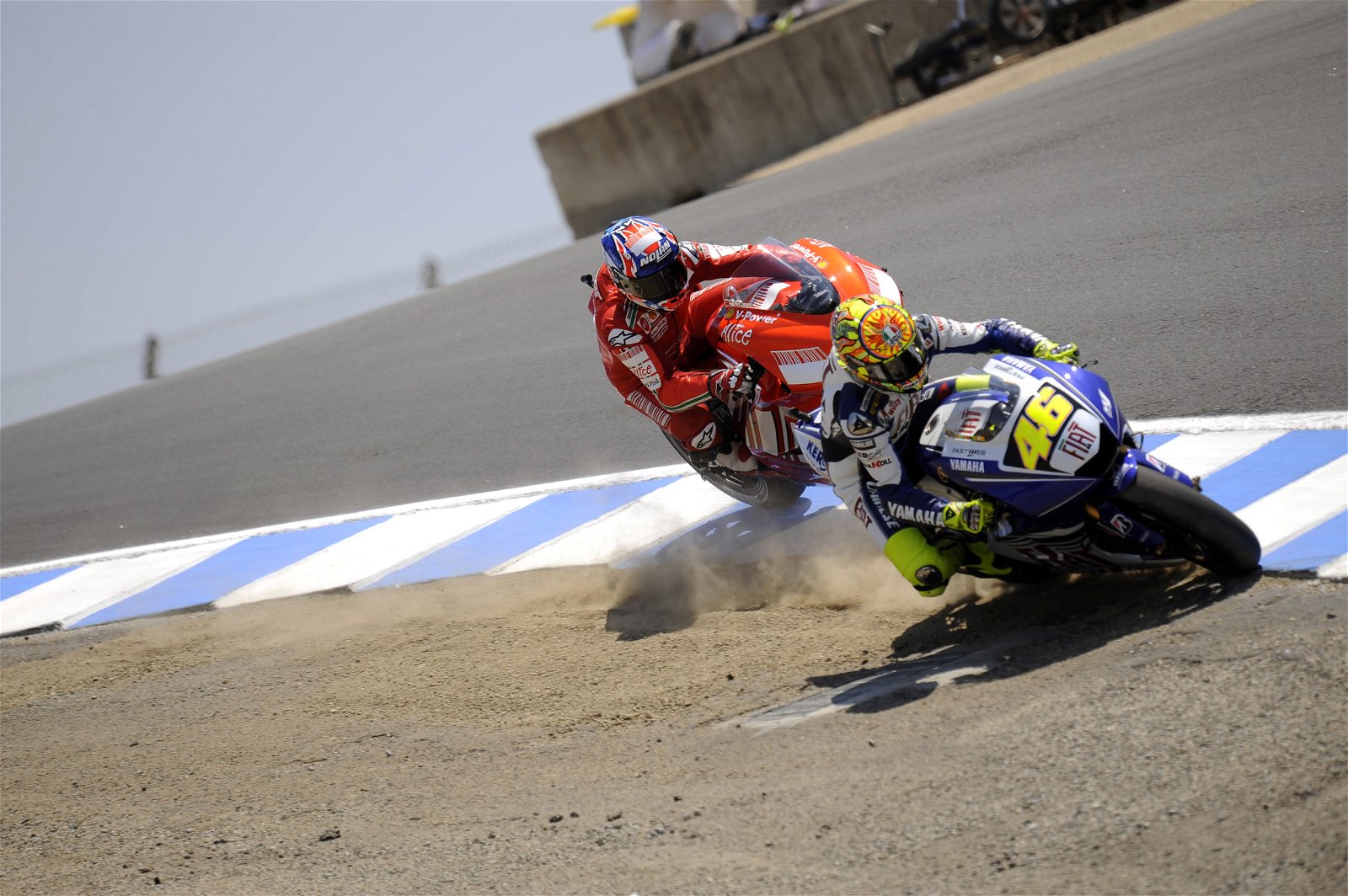

A couple of weeks ago, I detailed a wish list for the 2024 Supercars season. One of the areas that I commented on was the need to raise driver profiles across a wider audience.
I had plenty of messages in the days that followed from industry folk who also see the need for urgent remedial action on this topic. There’s a clear danger that Supercars will roll into the 2024 Endurance races with the highest-profile drivers on the grid being three part-time drivers, namely Garth Tander, Craig Lowndes, and Jamie Whincup. That would be a shame.
Let me make it clear that this issue of driver awareness outside the hardcore fan base isn’t something that has suddenly happened under the RACE ownership. It’s been creeping up on the category for quite some time. However, it certainly was recognised as a problem some time ago, and it was one of the reasons why the teams believed that the category needed a sales/marketing organisation to lead the way and replace the Archer ownership in late-2021.
Unfortunately, as is being increasingly recognised across the sport, the promised change of tempo and consequent improvement in exposure, especially for drivers, simply hasn’t happened. If anything, the reverse is true.
But hopefully, the powers that be will start to listen to the clamour of voices and react quickly. A recent great conversation with a highly credentialed person, these days on the periphery of the sport, emphasised to me that the key to kickstarting this process of increasing driver visibility can be summed up in one word; rivalries.
Good old-fashioned driver rivalries are the key to getting the drivers back into the limelight which should, in turn, help push Supercars out to a wider audience once again.
My extremely experienced friend then went on to point out that pretty much every real rivalry in motorsport has come about from on-track incidents. He’s right.
Think about it, the great clashes of the past in our sport have really taken shape on the back of events on the track.
Senna v Prost, Doohan v Criville, Rossi v Stoner, Ingall v Skaife, Ambrose v Murphy, to name a few.
The fact is that the category needs to allow some harder racing in order to rekindle the level of rivalry that is needed to re-energise Supercars.
And I’ll put my hand up straight away and say that, as a Team Principal, I would have done everything I could to reduce the risk of this happening. My priority as a Team Principal was to win races and championships, pure and simple. Like Christian Horner’s in Formula 1, where it’s not his job to worry about the potential for reduced interest because Max is winning all the time.
In trying to win, part of that job entails reducing all the variables that one can have any influence over. If one thinks that the team is strong enough to win from the front most of the time, the last thing one wants is overly aggressive racing. It’s not the team’s job to look at the overall entertainment factor, that’s the job of the category management along with the cooperation of, in this instance, the local governing body, Motorsport Australia.
Hence, don’t expect teams to necessarily support a change in the on-track rules of engagement in Supercars. But that is surely what is needed to put real needle back into the action, with the consequent results spilling into off-track attitudes.

These days, as I enjoy the luxury of watching Supercars as a fan, it’s far easier to see the wood from the trees and how the product needs enhancing. That’s why a strong ownership group should be able to make better decisions than teams for the overall good of the sport on many issues, not just this one. Unfortunately, that doesn’t appear to be the case right now, but it remains the wish.
So, for the 2024 season, how would one envision changing the rules of engagement on-track to assist with not only rivalries but the racing in general?
In consultation with my learned friend, it’s clear that some degree of bump-and-run needs to be allowed. I’ll give two examples from 2023 to illustrate what I mean.
Exhibit A; van Gisbergen on Brown, Sydney Motorsport Park. SVG was stripped of a podium as a result of contact with Will on the last lap. Will lost one position.
Exhibit B; Mostert on Feeney, Adelaide 500. When Chaz eased his way past Broc as a result of contact at the corner before, he received a penalty.
The rulings at the time were probably correct for the rules in force at the time. But I’d suggest that, for 2024, such situations should be allowed to go unpunished.
The basis for new rules could be that contact is allowed as long as the car being passed doesn’t leave the track. Now, there will be scope for some drivers to ‘play’ such a situation if they’re on the receiving end of a pass. But that’s where the Driving Standards Steward will make an assessment.
Conversely, any contact that ends up with a car in the fence, or off-track to the extent that their race is badly affected, should see penalties applied. No-one needs a crash fest. But we do need action and we do need drivers getting riled with their fellow competitors.
This sort of approach needs to be managed, of course. But, in Craig Baird, the category has the best Driving Standards Steward it’s ever had. He gets it right far more often that he gets it wrong and needs supporting in that. Now that he works for Motorsport Australia, there really can be independent policing of whatever policy for driving standards is pre-agreed with Supercars going into the season. Craig’s job isn’t, and never has been, to make the rules. His job is to interpret and enforce them. As with all Stewards.
Once those basic driving standards have been agreed before the season starts, then, like the Rule Book as a whole, they should be handed over from Supercars to MA to enforce without interference by management, television commentators, or anyone else.
If adjustments need to be made to the rules and standards during the season, then those should be done away from the track and never during a race meeting, especially as a result of pressure from any party, be it team, category management, commentary, or whoever.
Of course, everyone could, and should, be able to voice opinions on incidents and outcomes. In fact, whoever is the ‘expert’ commentator in the booth should be encouraged to do so as it can very much add to the broadcast and the rivalries. Nothing wrong with stoking a fire or two; everyone doesn’t need to be mates.
Nothing like an hour chewing the fat with The Enforcer to get the creative juices flowing.



















Discussion about this post